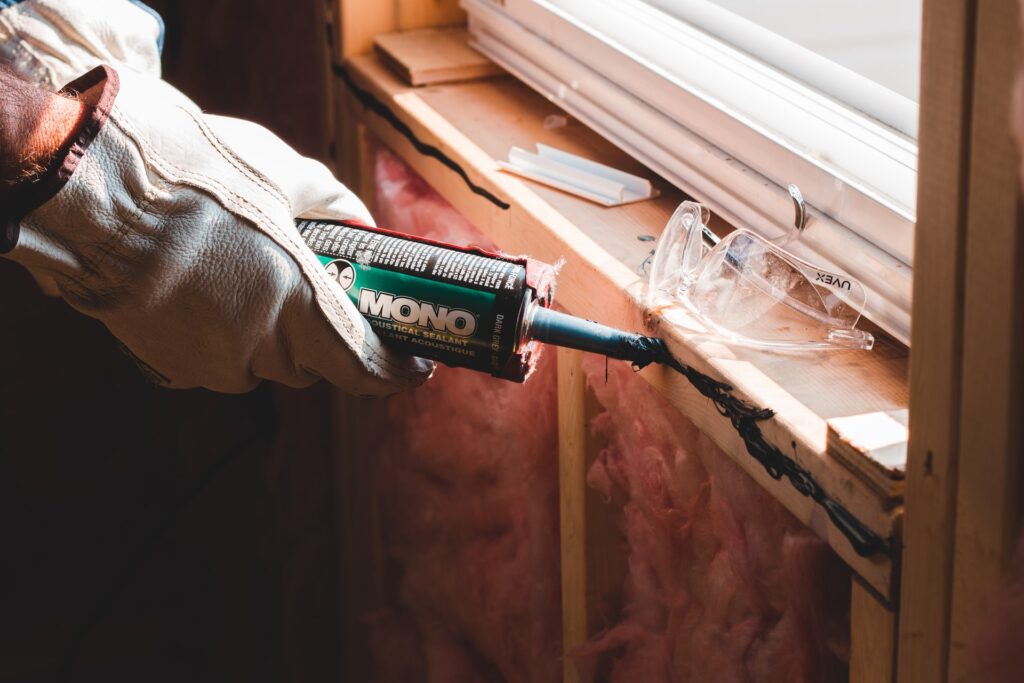Now that you’re a homeowner, it’s time to start reaping the benefits of your place on the property ladder. You can be in control of your own environment and build wealth for your family. You can enjoy the stability of raising your family in the same home year after year. But, there’s no doubt that homeownership can be a lot more expensive than renting. If you’re interested in learning more about home improvement loans, check out this webpage.
There are a ton of hidden costs that come with homeownership, and repairs and maintenance are just one. There’s no landlord to call when your water heater goes on the fritz — you have to deal with it yourself. There are multiple DIY methods out there on how to take care and drain central heating system. Likewise, you can’t sit back and relax while someone else arranges to have the gutters cleaned or deals with treating and aerating the lawn. It’s not unusual for home repairs and maintenance to add up to thousands of dollars over the course of a year, especially if something major breaks down. As a homeowner, you need to plan for those unexpected expenses by budgeting for them.

Figure Out How Much to Set Aside Each Month
The problem with budgeting for home maintenance and repair expenses is that you don’t know in advance how much they’re going to be. Sure, there are some things you can plan for, like lawn care, HVAC tune-ups, filter changes, and gutter cleaning. But there are lots of things that break down unexpectedly, too, and need to be repaired or replaced.
The cost of home repairs and maintenance, both major and minor, will vary depending on several factors, including:
- The size of your home and surrounding property;
- The type of property you own — a large, forested property may require more maintenance than a small, suburban lawn;
- Your home’s age;
- The cost of living in your area, which will impact the cost of labor and materials;
- Whether your home is exposed to extreme weather conditions, including cold winter weather, storms, and floods;
- Your fire risk; and
- The age of your home systems and appliances.
Many homeowners budget for maintenance and repair expenses based on their home’s market value. If you use this strategy, plan to set aside one to four percent of your home’s value each year for home maintenance and repairs. You’re probably okay to stick to the lower end of the scale if your home is under 20 years old and has newer appliances. But if your home is older, and has older appliances, you may want to set aside more. The same holds true if you have a large property, live in a high-cost-of-living area, have extreme weather conditions in your area, or have a larger property to take care of.
Since the size of your home is going to directly influence the cost of repairs and maintenance, with larger homes being more expensive to take care of, you may want to use the square foot rule when determining how much to set aside for home repairs and maintenance. Using this strategy, you’ll set aside one dollar for each square foot of house you own per year. So, if you own a 1,200 square foot house, you should set aside $1,200 a year to maintain and repair it.
However, this method may not account for regional or other variables that could influence your home maintenance costs, like the age of your home or the cost of living in your area. You may want to consider those factors and set aside an extra ten cents or so per square foot for each factor that could raise your costs. You can set aside a lump sum all at once every year, or you could do what most people do, and divide your yearly budget by 12 to arrive at a figure to save each month.
Have a Plan for Additional Funding
No matter how carefully you budget and save, your home maintenance costs could easily exceed what you have set aside, especially if something goes wrong before you have much of a chance to save. That’s why you need to know how you’re going to access additional funds if you need them to repair or replace something around the house.
For home systems and appliances repairs, most homeowners go with a home warranty. If you just bought your house, you probably got one from the seller. Home warranty prices are reasonable enough that it’s worth keeping this coverage, as it could save you thousands if something goes wrong with a covered home system or appliance. Home warranties defray most of the costs involved in repairing or replacing covered home systems and appliances, so they’re a great tool in your arsenal against normal wear and tear. You may even get discounts on new appliances, HVAC filters, lock rekeying, and routine maintenance like HVAC tune-ups. With this in mind, if you are thinking about investing in a new home warranty plan, then comparing a few different home warranty providers that offer plans in your local area can help you to plan your next steps. For instance, if your property is based in South Carolina, you can find plenty of useful resources on the First American Home Warranty website here: https://homewarranty.firstam.com/homeowner/home-warranty/south-carolina
Home warranties tend to cover home systems like electrical, plumbing, and HVAC, as well as large appliances. However, they won’t usually cover structural elements of your home, like the roof or windows, and they may not cover every component of major home systems. For example, plumbing blockages might be covered, but not burst pipes. Best to check to see if things like damage to your hardwood floors are covered too. If there is a flood, they may be covered, but general damage like scratches and wear in the wood flooring may not be. For those things that home warranties won’t cover, you should try a home equity loan or, if you don’t have much equity yet, an unsecured home improvement loan. You should try to avoid putting home maintenance and repairs on credit cards, if you can help it.
When you’re a homeowner, repair and maintenance costs can really add up fast. Don’t let common repairs bust your budget or put you into high-interest credit card debt. Plan ahead, and stay in control of your finances.

